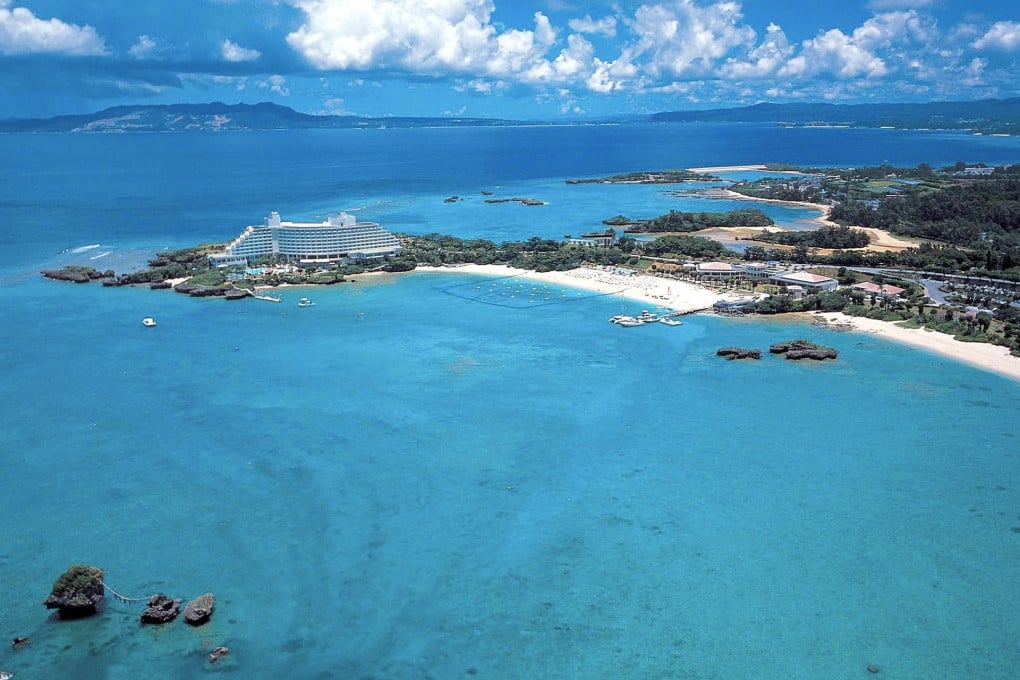Hot spots: ANA InterContinental Manza Beach Resort
Julian Ryall

Built on land that forms one protective arm of a bay on the northwest coast of Okinawa, the ANA InterContinental Manza Beach Resort offers much more than just a holiday. The hotel works with fishermen from the village of Onna to regenerate coral in this natural harbour. And visitors are able to take part in the underwater programme.
Located on a spit that curves out into the Pacific, every room at the resort has a spectacular view of the ocean, but those facing south also look out over a reef and a lagoon. Bright and ultra-modern, the rooms are airy and have generous terraces. The hotel has a number of bars and six restaurants: Unkai serves excellent Japanese cuisine with more than a hint of Okinawan colour, while Champuru Beach Izakaya offers a relaxed, bar-style dining experience (try sampling some of the dozens of types of awamori, Okinawa's traditional rice wine, here). The hotel has a large pool, but why come all this way and not swim in the lagoon? A roped-off area on the nearby beach has a selection of inflatables for children to wrestle with, while hotel staff can lay on sea kayaks, snorkelling excursions, parascending rides and jet skis - and there is always that coral regeneration programme, of course.

Locals noticed the coral was being damaged as far back as the 1970s. Rapid development on this stretch of coast was causing outflows of red-brown topsoil into rivers and the ocean, where it settled as silt over the coral, suffocating it. That pollution was compounded by an increase in Okinawa - as in other parts of the world - of voracious crown-of-thorns starfish. Then, in 1998, sea temperatures in many parts of the planet were the hottest on record, causing widespread coral bleaching and mortality. The reef off Onna did not escape.
The result was that thriving ecosystems of corals of all sizes, colours and shapes - brain corals through to antler-shaped species and table-flat varieties - were reduced to an underwater wasteland of grey-white shards. There was not a clownfish, yellow tang or damselfish to be seen.

The first attempts at coral grafting took place in 1972, but it was a hit-and-miss affair due to a lack of experience in those involved. Then the Onna-son Fisheries Cooperative started a coral aquaculture project in a series of tanks just behind the curve of the bay. This provided the foundation for the current scheme, which involves attaching coral fragments to plates fixed to an underwater "host" rock that is protected by a cage. And it appears to be working; areas of the lagoon that have been seeded with coral fragments have not only come alive, they have outgrown their cages.